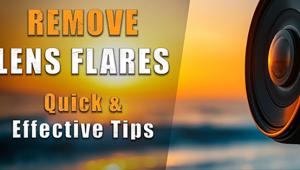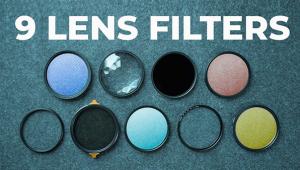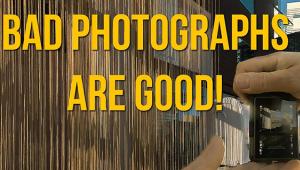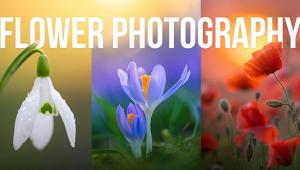Olympus Camedia C5050 Zoom
The 5-megapixel Olympus C-5050 Zoom is not a camera to be taken lightly, despite its seemingly familiar point-and-shoot look. I've had this camera long enough to realize there is considerable potential wrapped up in a package surprisingly this small and lightweight, despite a modest 3x optical zoom. The less costly sibling to the E-series (think of it as an economically packaged but not exactly scaled down E-20N), the C-5050 Zoom promises serious digicam users and budding enthusiasts great pictures, with lots of control. But be prepared for a few, albeit minor, stumbling blocks along the way. |
|||
Familiar Design |
|||
What's With
All Those Buttons? |
|||
The Multi-Tiered Menu Final Thoughts PROS CONS Technical Specifications |
- Log in or register to post comments





































